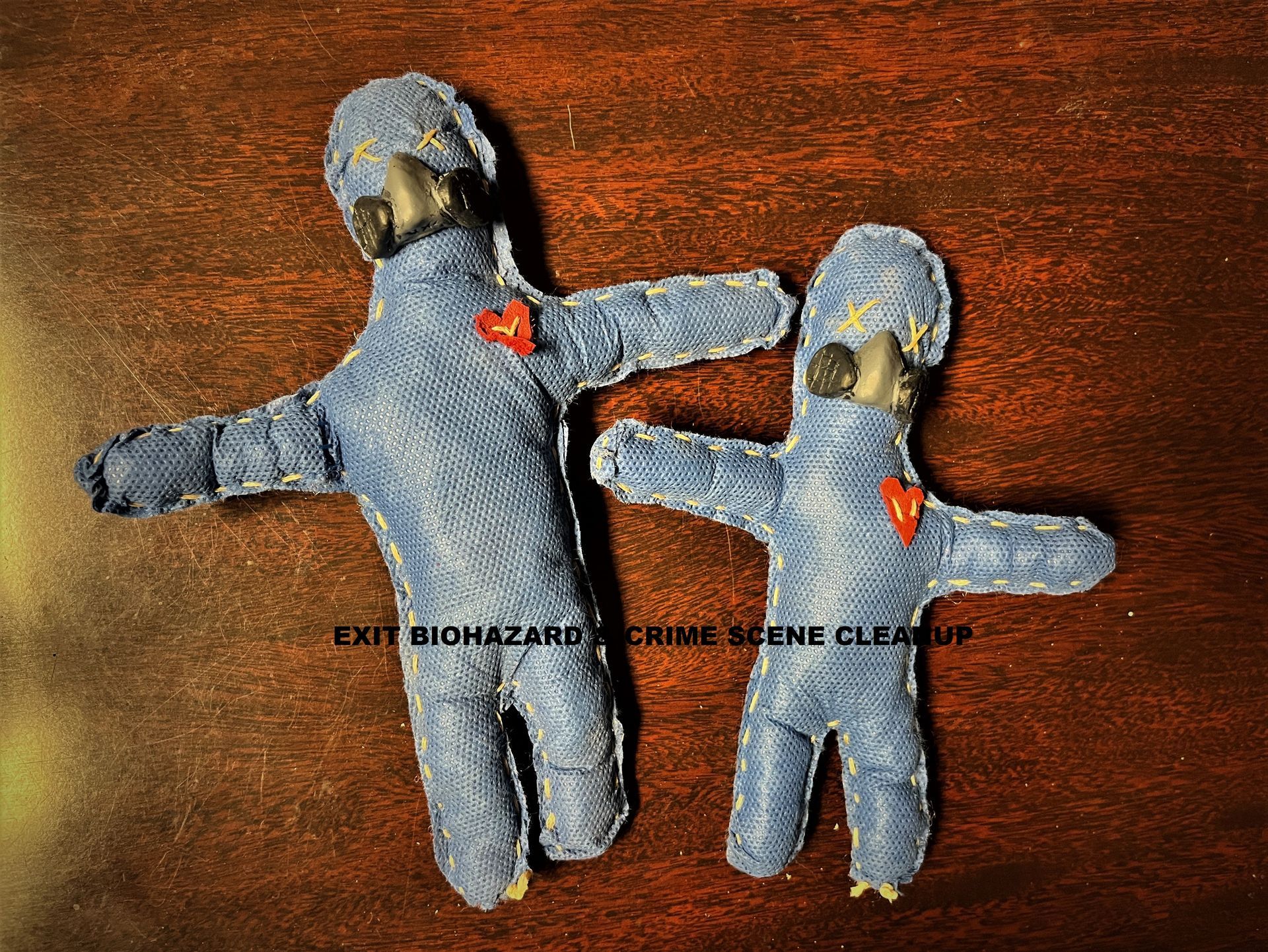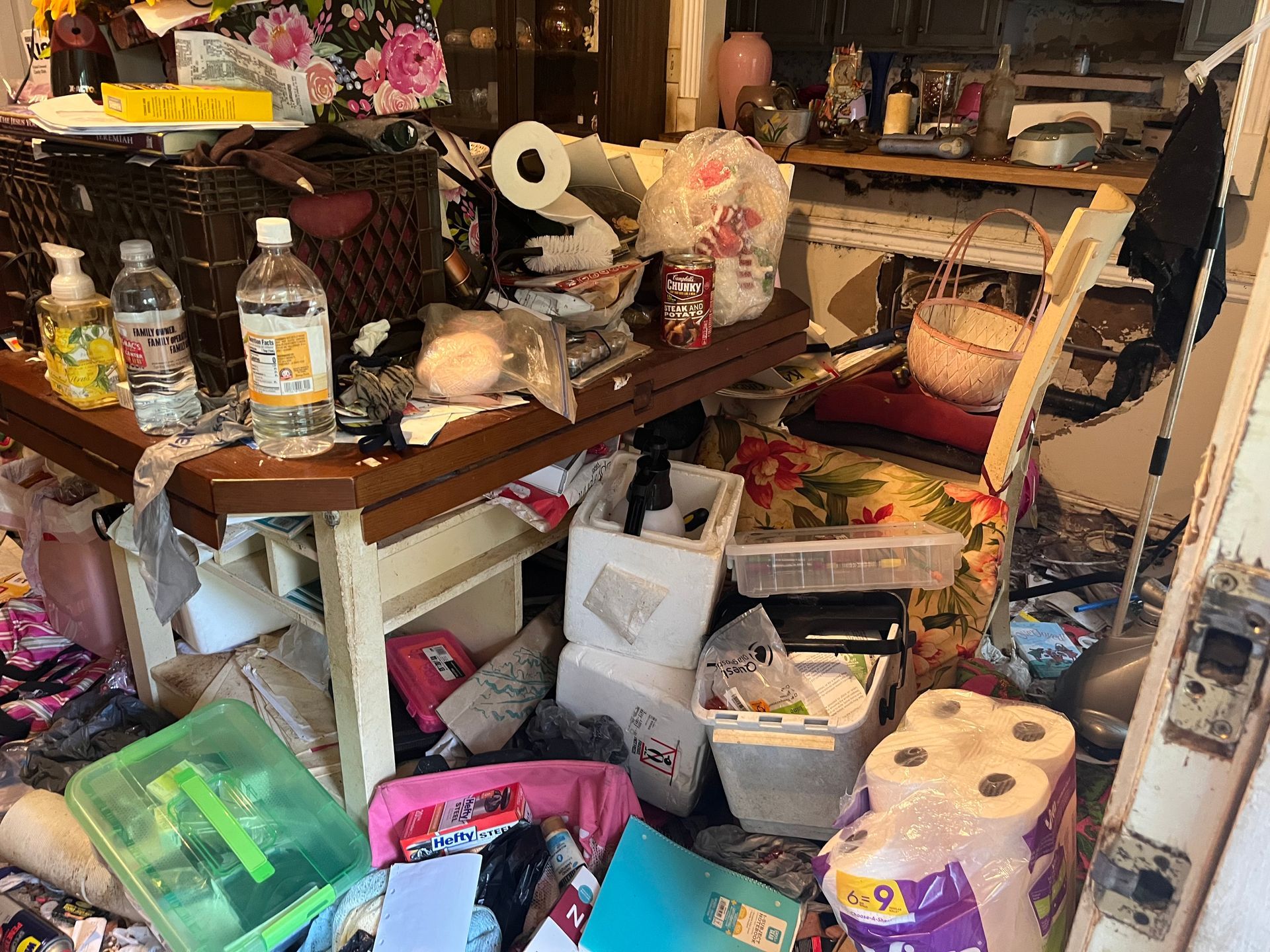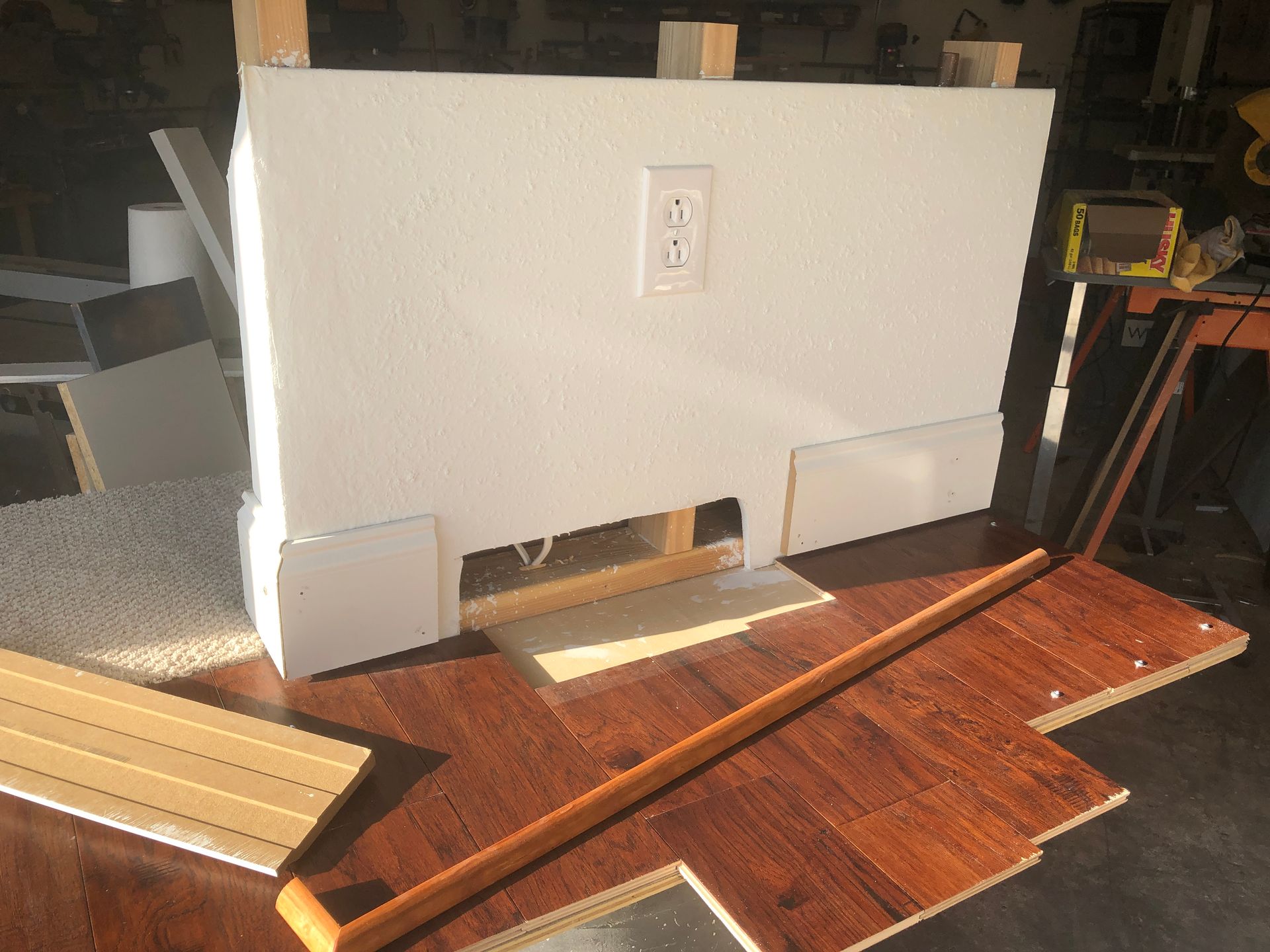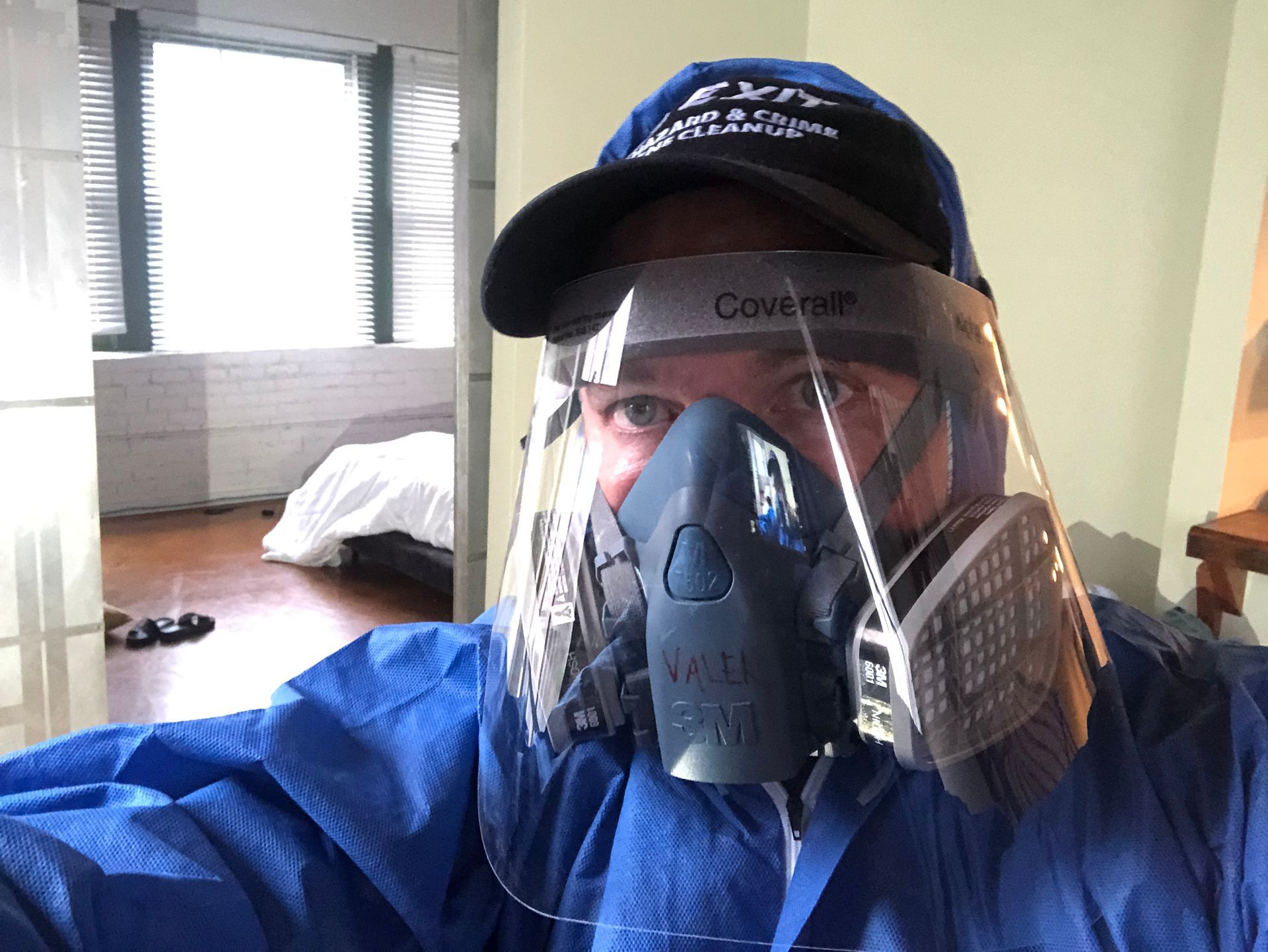Ryobi Electrostatic 18v Sprayer Review
September 25, 2020
review Ryobi Electrostatic 18 volt backpack sprayer
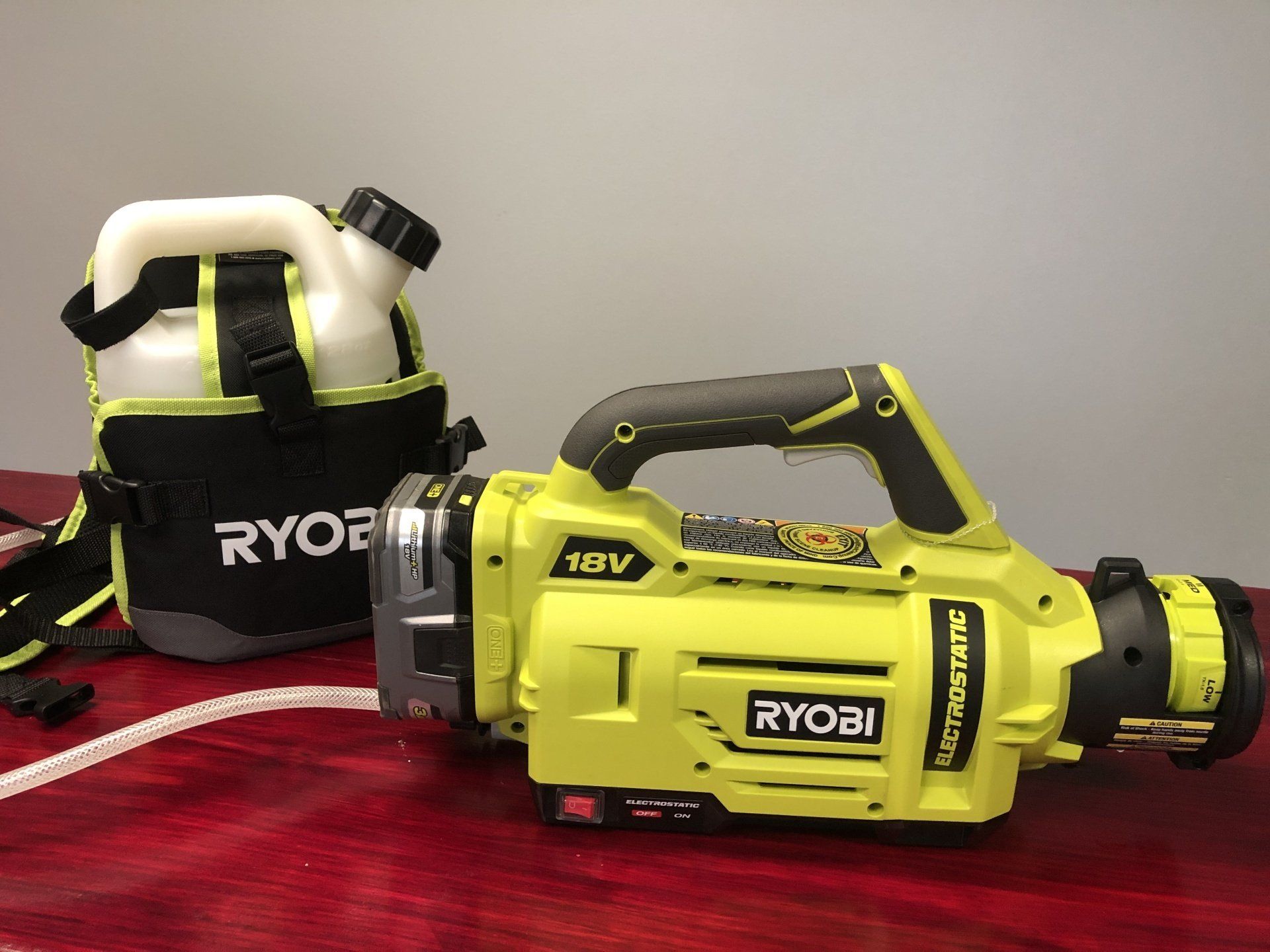
We here at Exit Biohazard and Crime Scene Cleanup
focus on several key elements of our services such as emergency cleanup of a death, blood or crime scene situations. Besides the cleaning up horrific visuals and helping people in these situations, our main duty is to cleanup and disinfect the area to make it safe. Disinfection service
is really one of our main priorities. Blood and Bodily fluids
may contain serious diseases, viruses or bacteria so we need to decontaminate the area completely. We disinfect properties as if our lives depend on it because in many cases they do.
Now with the outbreak of the Covid 19 virus
we have been disinfecting properties in the same way to kill the virus so that people can be safe. Many new companies have popped up to do the same. So lets talk about the equipment needed to do this.
Generally to disinfect a property you use a combination of things such as foggers, sprayers, and of course wiping things down with disinfectants. Let’s discuss foggers / sprayers. Sprayers generally shoot more liquid and have larger particles like a Hudson sprayer or a paint sprayer. These make everything wet and typically aren’t great for disinfecting interiors such as homes or businesses. A fogger has much smaller particles generally as small as the thickness of a human hair. For this review we will be discussing the new Ryobi 18volt Electrostatic One gallon Backpack Sprayer
, although we would call it a fogger because of its small particle output.
Since the Coronavirus outbreak
there has been a crazy run on everything from toilet paper to disinfectants. One of the things that was very hard to get was disinfection equipment such as foggers and sprayers. For disinfection (interiors) there are basically 2 types and we spoke about these in greater detail in previous blog pages. We will focus on electrostatic and standard, meaning a standard fogger just sprays disinfectant fog out and you basically have to put a cloud everywhere to make sure that you covered everything or the electrostatic mode which gives the particles an electric charge
so that they are attracted to surfaces so that a smaller amount of disinfectant is used and the furniture and objects get coated all around.
The RYOBI 18V ELECTROSTATIC SPRAYER
has both settings so you can turn the electrostatic option on or off. The unit is built well as all Ryobi products seem to be. We have many of them so we do like their tools. The unit comes with the backpack tank to hold a gallon of disinfectant and the main unit that you carry and point with the on / off trigger, electrostatic mode
switch and 3 nozzle selector tip
. The unit isn’t too heavy since the liquid disinfectant is separate in the backpack but if you had to do this all day you may consider heavier by the end of the day. (They do have another version where the tank is attached to the unit so that may be too heavy in comparison). It’s not just a wand like the Victory Electrostatic backpack
sprayer which would be the biggest competitor for this tool. Their sprayer has all of the tool’s guts in the backpack and the handle / wand only has a switch and some of the electrostatic guts in it so its much lighter to handle, but its roughly 4 to 5 times the cost and the batteries are proprietary so for the cost the Ryobi
is about to start a revolution in the disinfection fogger world.
As we mentioned, they have several versions coming out, this backpack version, another version which is basically the same except the tank is attached to the main unit, and the other sprayer they have coming out is a smaller version for handheld use for lessor applications. If we get them in our hands, we will review them as well so check out our Blog often. We will still just focus on this backpack version.
The backpack is comfortable and easy to put on and you can always just carry it since it has a nice handle as well. The hose between the main unit and the tank is too long in my opinion. When starting you need to prime the unit
meaning you need to have the liquid flow from the tank to the unit. This seemed to take 5 minutes or so which was a bit long but this was the first we used it so we were impatient. We also put the main unit on the floor and the tank up on the table to help. We used a loop of Velcro to hold the trigger down to prime it so we didn’t need to hold it by hand.
Once the unit was primed, we played with it to test the nozzle sections. It has 3 settings, low, medium and high, they are listed as low 65 microns, medium, 80 microns and high at 160 microns. A human hair is roughly 80 microns. The particles are fine but ours was spitting larger droplets which I did not like. But we switched disinfectants to make sure it was as thin as water which was listed in the troubleshooting
page and that seemed to do the trick. I will say that the selection between micron sizes, low, medium, large seems to be more of a distance gauge than a noticeable particle size selection. At the low range, the unit sprays about 2 plus feet, where as on the high range its more like 6 to 8 feet and the medium is more like 4 feet so its best to find what you like.
Electrostatic capability and what is it? The electrostatic mode
when the switch is turned on charges the outgoing particles so that they are attracted to any surface. We tested this in several ways but it’s kind of hard to notice until we tested it this way. We had the electrostatic off and sprayed a sheet of cardboard in the from about 5 ft away with the large particles selected, then turned it on and did the same thing on another sheet. We found that the standard mode put a lot more liquid on the floor where as the electrostatic mode coated more of the cardboard further out with much less on the floor.
Next, we sprayed between a 2 ft diameter column and a garage bay door which were about 1.5 feet apart. In the standard mode, the spray simply went directly in between the column and door and neither had any spray on it. We did the same in the electrostatic mode and both the column and the bay door had been coated. It was a fine coating but a much better outcome. Granted when you are spraying things you wouldn’t go out of your way to avoid both objects the way we did but it did show that the electrostatic was working well.
Like any new tool, we need to use this in several different situations that we would come across to really find out how we like this long term. So, it’s now in our truck ready for the next job. So far, I’d say, I like it and would give it a 9 out of 10. I will revise this if needed once we take it on several jobs. But in comparison to the next closest tool , the Victory electrostatic sprayer, the Ryobi is much cheaper
, it comes with 2 batteries
, you can easily get them at Home Depot once they come out to the public and they take Ryobi batteries so if you have many other their tools as we do, its just another tool in the mix and you don’t need another battery type and charger.
Now as far as the best disinfectants to use with this, it will take some testing. As I mentioned, the first one we used had the unit spitting and sputtering, but once we changed to a finer more water thin disinfectant it works fine.
I hope this helps. I give it two thumbs up for now and will test it further to make sure its up to our high standards. Again, we deal with death and blood cleanup
which can contain serious diseases so we take these tools and disinfection seriously. Test it for yourself, and once we get the other smaller version in house we will review that too.
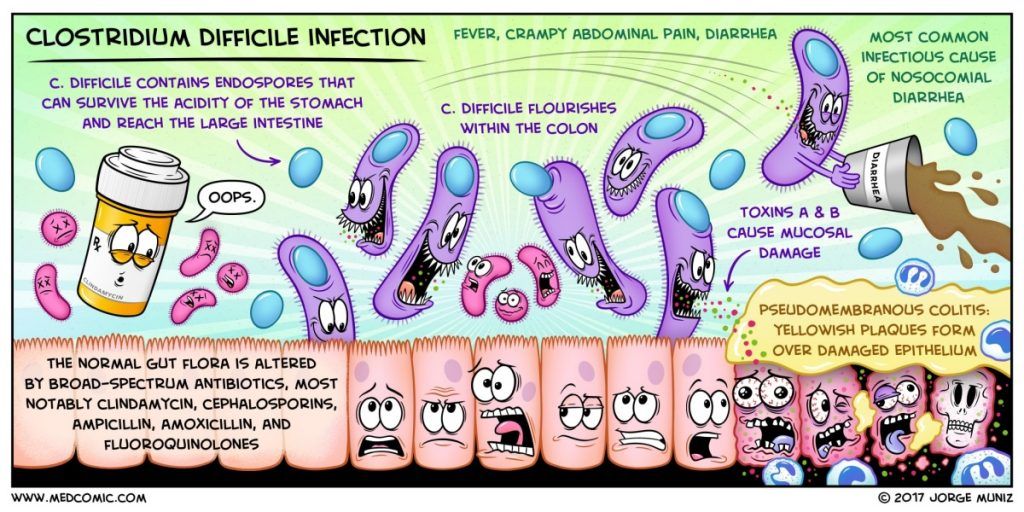
If you have a case of CDIFF and need help call EXIT BIOHAZARD CLEANUP and have us come and disinfect your home. What is CDIFF? C.diff stands for Clostridium difficile (klos-TRID-e-oi-deez dif-uh-SEEL), which is a germ or bacterium that causes a symptomatic infection due to the spore-forming bacterium, Clostridium difficile. It causes many Symptoms which include watery diarrhea, fever, nausea, and abdominal pain. It makes up about 20% of cases of antibiotic-associated diarrhea. It most commonly affects older adults in hospitals or in long-term care facilities. Complications may include pseudomembranous colitis, toxic megacolon, perforation of the colon, and sepsis which can be life threatening. One in 11 people over age 65 diagnosed with a healthcare-associated C. diff infection die within one month. In general it causes severe diarrhea and colitis (an inflammation of the colon). It’s estimated to cause almost half a million infections in the United States each year. C. diff can affect anyone. Most cases of C. diff occur when you’ve been taking antibiotics or not long after you’ve finished taking antibiotics. There are other risk factors such as being 65 or older, a recent stay at a hospital or nursing home, a weakened immune system, such as people with HIV/AIDS, cancer, or organ transplant patients taking immunosuppressive drugs, or previous infection with C. diff or known exposure to the germs. Because 1 in 6 patients who get C. diff will get it again in the subsequent 2-8 weeks . If you have been taking antibiotics recently and have symptoms of C. diff, you should see a healthcare professional as soon as possible. Getting diarrhea is fairly common while on, or after taking, antibiotics, but in only a few cases will that diarrhea be caused by C. diff . So if your diarrhea is severe you need to talk to your doctor and do not delay getting medical care. Your doctor will review your symptoms and order a lab test of a stool (poop) sample. If the test is positive, you’ll take a specific antibiotic (e.g. vancomycin or fidaxomicin) for at least 10 days. If you were already taking an antibiotic for another infection, your healthcare professional might ask you to stop taking it if they think it’s safe to do so. Your doctor may decide to admit you to the hospital, in which case they will use certain precautions, such as wearing gowns and gloves, to prevent the spread of C. diff to themselves and to other patients because it can be very contagious . its important to use a separate bathroom if you have diarrhea, thoroughly wash hands with soap and water every time you use the bathroom and always before you eat, and take showers washing well with soap. Cleanliness is key to beating this and stopping it from spreading to others or back to you. Because C.DIFF bacteria can last for months. When the bacteria are outside the human body they can be virtually anywhere in the environment. They are in a dormant state and essentially shutdown waiting for a new host. This enables them to survive for a long time from weeks to months in any number of places and that's why its very difficult to destroy and it is also why people often have the infection reoccur. The ability of it to be dormant and survive outside the body enables the generally easy transmission of the bacterium. It can last a long time sitting on surfaces, in soil or feces, in water areas, or even in food. Once the bacteria finds their way into a person's digestive system, they "wake up" and can begin to produce infection again. That being said, its not the easiest bacteria to kill. its not like covid which is pretty weak in the environment and generally dies quickly. this has some staying power and requires special cleaning and disinfection procedures. We often kill corona virus and other germs during our disinfection fogging services to help stop the spread of covid 19 and we kill 99.99% of germs and viruses in general for most of our services including our biohazard cleaning services, but CDIFF is something special and its much harder to kill so we have to bring out the big guns to do it. We mean specialty chemicals and procedures to kill what is there and what is hiding dormant. At Exit Cleanup we just think of this as another service we provide but as you can see its not your typical disinfection. If you have Cdiff or someone in your family does and you want us there to kill it, please just call and we will prepare for germ warfare for you. We will fight this for you.
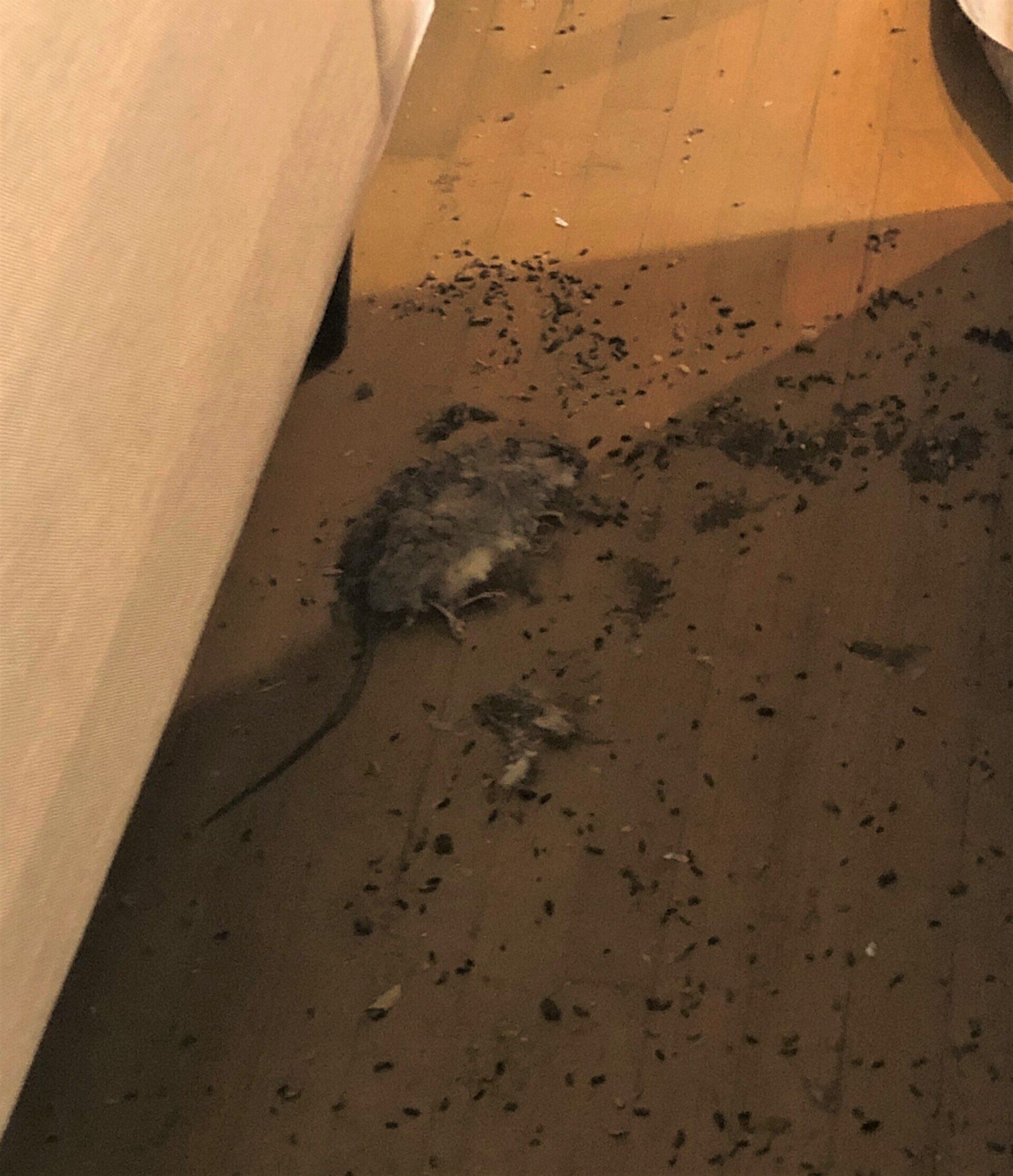
This is to describe the 4 levels of biohazards and the 6 types of biohazards. Biohazard cleanup is important because we could encounter a biohazard anytime anywhere. Learn more here. A biohazard could be anything from animal feces or rancid meat to blood from a crime scene or materials from a laboratory.
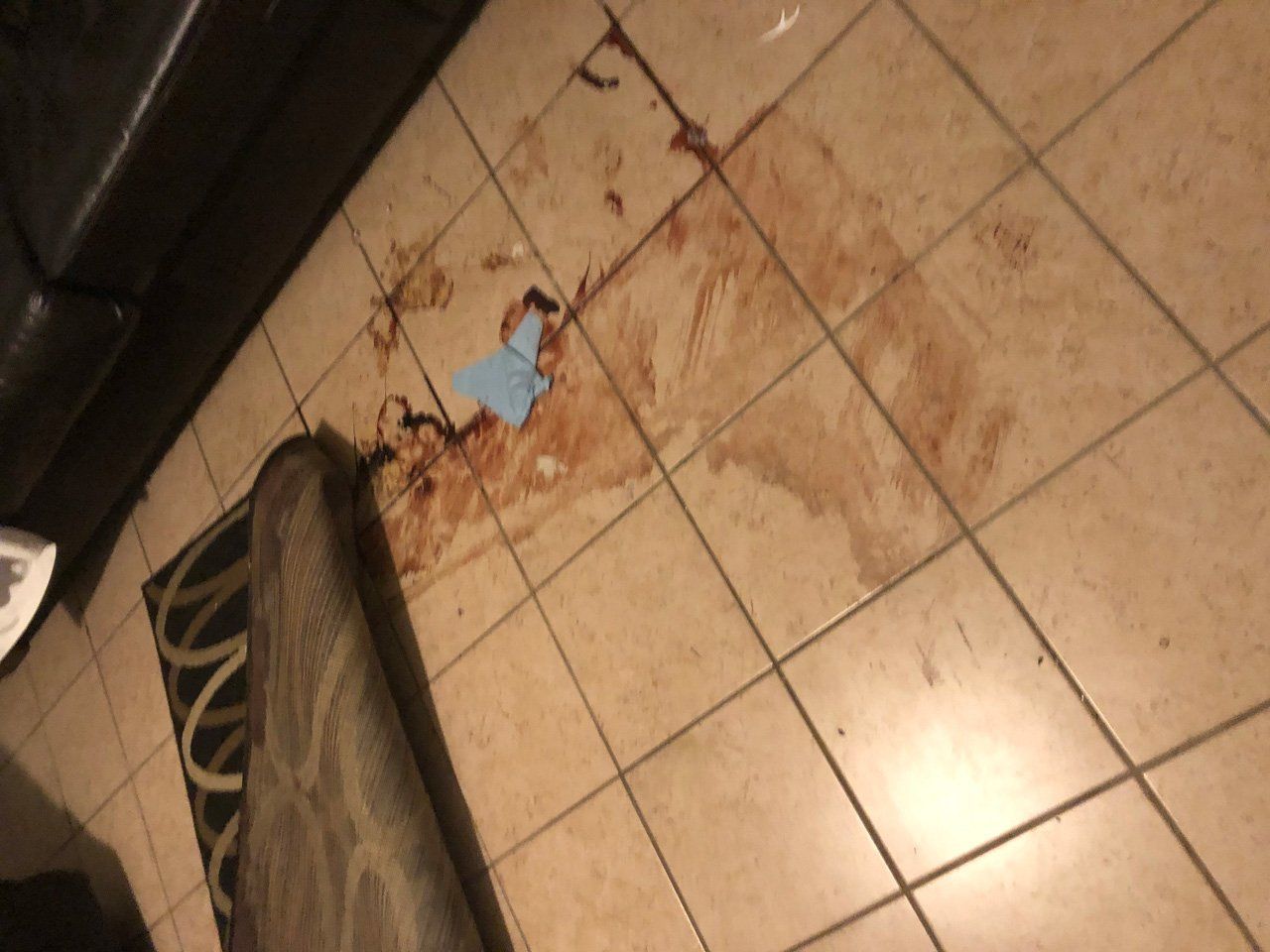
A suicide in New Orleans. Exit cleanup doesn't always get the job but we do all we can to help in any situation. Most of the time, your home owners insurance pays the biohazard cleanup but if the deceased lived in an apartment, it may be something that the property owner may want to pay for. Its sometimes complicated but Exit will help. This situation was difficult because the resident committed suicide and the property owner wasn't available. Long story short , we helped out the sister of the deceased a bit so she could get things sorted and did what we could.

